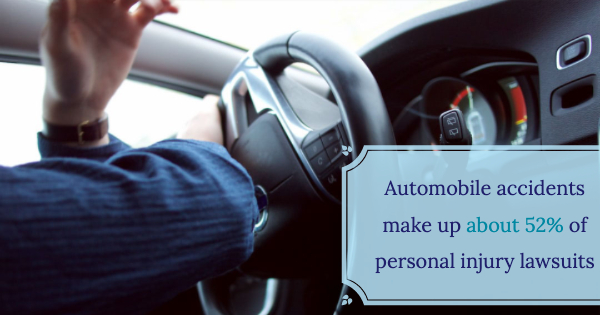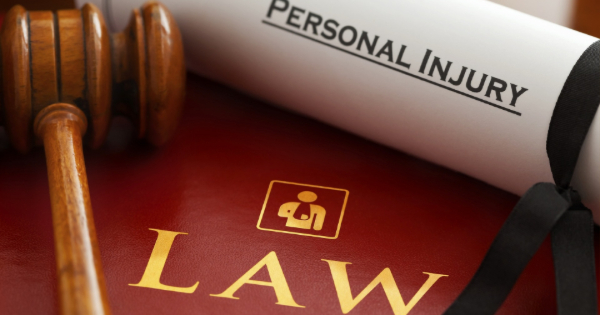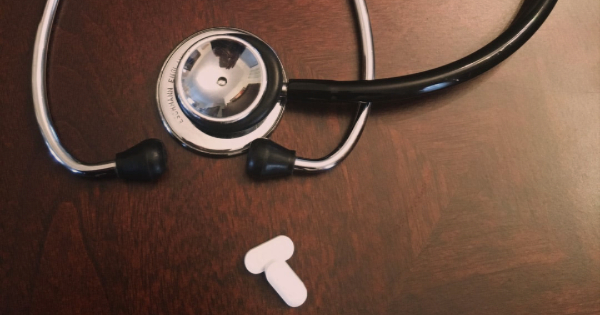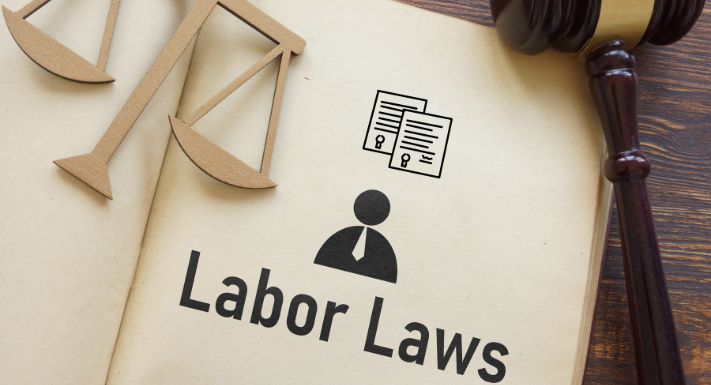
3 Ways to Establish Personal Injury Claims
September 30, 2019
When You Should Find a Personal Injury Attorney
October 16, 2019Personal injury cases arise from many circumstances including auto accidents, medical malpractice, premises liability, product liability, and wrongful death. While these cases are exceedingly common, personal injury claims require a number of elements to be proven. For example, to establish liability in a negligence case, a personal injury attorney must prove that a duty was owed and that the duty was negligently breached.
There’s no easy way to become a personal injury expert, but here are three terms to understand when thinking about personal injury damages:
Causation
Causation has two elements: cause-in-fact and proximate cause.
- Cause-in-fact is the easier of the two to understand. Cause-in-fact merely means that the negligence falls within the chain of events that resulted in the injury. The legal test for cause-in-fact is usually called the “but for” test. This is established if the injury would not have happened but for the negligent act. One example of cause-in-fact would be a driver who is texting and swerves into your lane, causing you to swerve and roll over. Even if the distracted driver’s vehicle did not strike your vehicle, the distracted driver’s actions were the cause-in-fact of your accident and any resulting injuries. Conversely, cause-in-fact might not be established if you happened upon the same accident after it had already occurred and you struck a highway barrier while rubbernecking. In this case, the distracted driver who caused the original accident is likely blameless for the later accident.
- Proximate cause is a little trickier. It questions whether the damage is related to the negligent actions and if the negligent party should be held legally responsible. The legal test for proximate cause is usually called the “foreseeability” test in which proximate cause is established if the damage was a foreseeable result of the negligence. For example, proximate cause may be established when a shopper slips and falls on snow and ice that was not cleared away by a knowing store owner. In this example, a slip and fall injury is a foreseeable result of the shop owner’s negligence.
Compensatory Damages
Damages are divided into two categories: compensatory and exemplary. Compensatory damages are intended to make the injured party whole by reimbursing any expenses or losses resulting from the negligent act. Compensatory damages can arise from a variety of sources, including :
- Medical expenses for injuries resulting from the negligence. For example, a driver who suffered chest and face injuries as a result of the seat belt and airbag deploying in an auto accident might claim any medical treatment expenses as damages in a case against the other driver.
- Post-traumatic stress disorder, anxiety, depression, or other emotional distress can be thought of as another form of medical expense. Although these are psychological injuries and not as easily measured as physical injuries, these can also be claimed as damages. Typically these symptoms and their associated treatment costs are documented by a doctor or therapist so there is no question about their legitimacy.
- Lost wages may also be included in damages if they arose as a result of the negligence. Losing a job, missing work, or experiencing a reduction in hours because of physical or psychological injuries may be claimed as damages.
- Property damage arising from the negligence of another may be eligible for compensation. The most common example of property damage would be the cost of repairing or replacing a vehicle that was damaged in an auto accident.
Exemplary Damages
Punitive damages and attorney’s fees are examples of exemplary damages. Exemplary damages are usually only awarded in extraordinary cases to punish the negligent party. For example, if a party was on notice of a dangerous condition and had been previously sued over the dangerous condition, but had not remedied the condition, the party might be liable for exemplary damages.
Damages can be a complicated issue in a personal injury case and should be discussed with a Boise personal injury attorney. When you’re ready to get the compensation you deserve, rely on Rossman Law today.





